Tips For First-Time Founders
This answer originally appeared as our answer to the following on Quora:
What is the one piece of advice you would give to first-time founders?
One piece of advice: Get really good at designing, running, and learning from small experiments.
Think of the smallest, cheapest, fastest possible experiment you can run to fully test your idea, and do that. The Lean Startup does a good job explaining this concept in detail (and although many people have misinterpreted this advice, it is a good read and good advice if implemented correctly).
Let’s look at an example of what we mean by designing, running, and learning from a great experiment. Let’s say you want to start a fitness business and have no idea where to start.
Step 1: Write down what you want to learn.
The first thing you will want to do is list, clearly, what questions you are trying to answer from this first experiment. What is it you are trying to learn about your business? Write that down. In the fitness example, you might want to learn:
- What makes a customer come to a gym or fitness class?
- How much will people pay for a fitness class or membership?
- Can I make a profit (i.e., have more revenue than cost) running a gym or fitness experience?
Step 2: Design the experiment.
Then, you want to actually design an experiment to test. In the fitness example, you might want to get customers to show up, one-time, and pay for a single fitness class. To pull that off, you will naturally have to think about each element of your business:
- Where will this first, experimental class be? Why do I think that’s a good location?
- Which customers do I think will attend? How will they find out about the class?
- What is special about the class and what will make them want to attend?
- Who will teach the class?
- How much will I charge for this class?
- How much will I pay for physical space and instructors?
- Given my experiment, will I be profitable this time? If I won’t be, can I change price or cost to make it profitable?
Step 3: Pay attention to do’s and don’ts during your first experiment.
In running your first experiment, don’t spend a ton of money or waste a bunch of time. For example, in the fitness example, do not:
- Sign a multi-month or multi-year lease
- Buy a bunch of expensive equipment
- Hire full-time instructors
- Spend 40+ hours per week trying to get your gym off the ground (at first)
If you do any of these things, you’ll have invested way too much time and money, you won’t have learned the fundamentals of your business. Instead, you can answer fundamental questions about your business quickly, cheaply, and effectively, without having invested too much upfront. In this example, here are things you might want to do:
- Rent a space, one time, for an hour
- Host a single personal fitness class for an hour
- Find a single instructor (maybe it’s you?) to pay for an hour
- Find people to take the class (maybe you launch a web site to advertise your class; my favorite tool for this is Squarespace; maybe you advertise at your local gyms)
- Set pricing for the class
- Ask customers afterwards for feedback (e.g., how would you rate the class on a scale of 1–5?)
Step 4: Learn from what you did.
After the class is over, go back to the original questions you wanted to learn, and see what happened.
- How many people showed up? Was this higher or lower than you expected?
- How did they hear about the class?
- At the price you charged, did you earn more money than it cost to put on the single event?
- What surprised you?
- What didn’t surprise you?
Document your findings and reflect on what you just learned. This is the most important step in the entire process.
The beauty of well-designed experiments is they lend themselves to… more experiments! They are cyclical in nature. Once you learn the first time, you will have a wealth of information to help you continue the cycle of learning.
